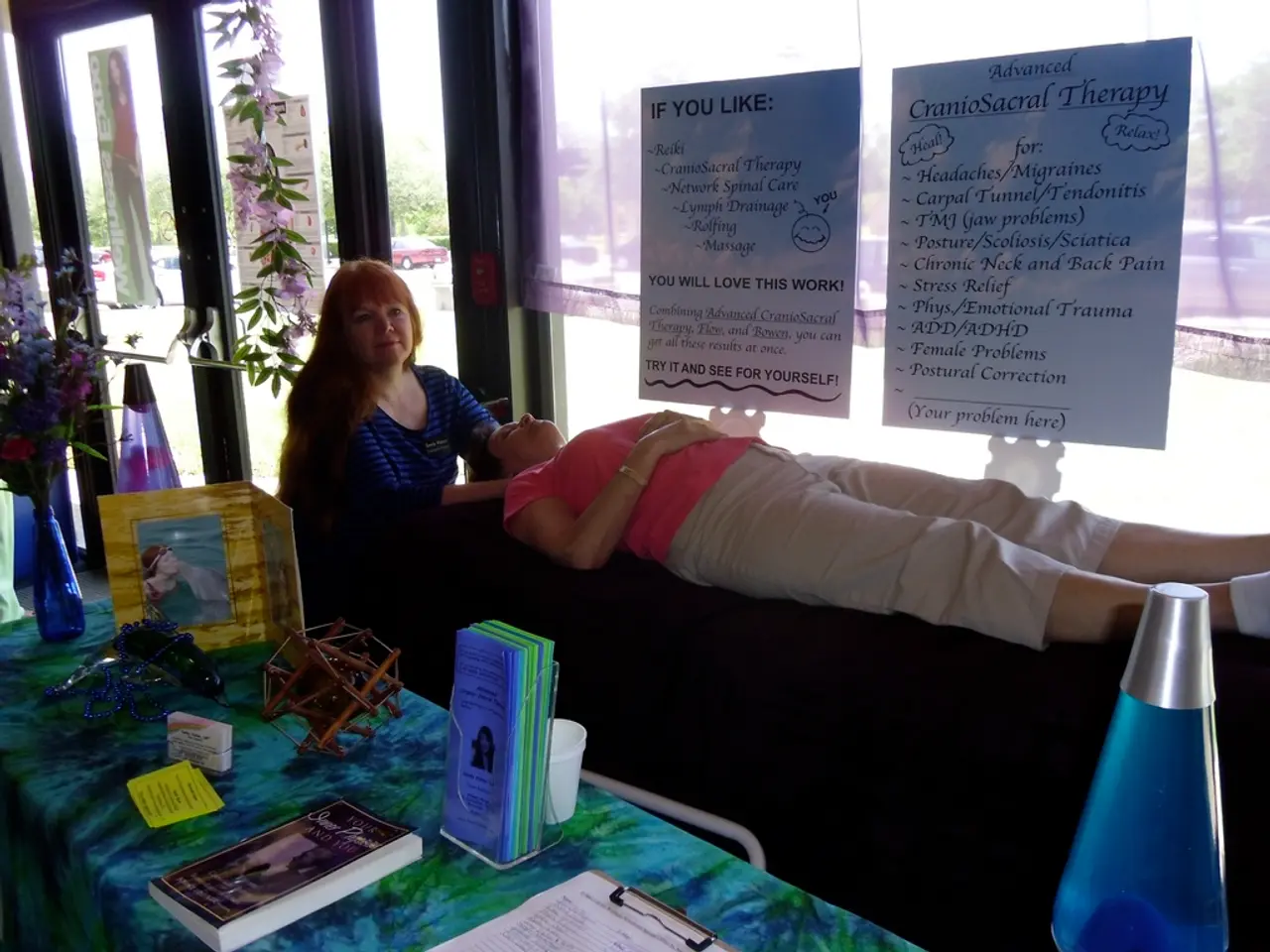Is Withholding Communication a Practice of Abusive Behavior?
The silent treatment, a common tactic in relationships, can have profound effects on both parties involved. This tactic, often used as a form of emotional withdrawal, can lead to feelings of isolation and depression, as well as causing irreparable damage to relationships due to its perceived form of rejection and ostracization.
The silent treatment threatens self-esteem, making the recipient feel devalued and unworthy. It can also manipulate emotions, causing emotional trauma. Research groups in psychology and relationship studies have examined the effects of this tactic, known as stonewalling, finding that it often leads to increased conflict, emotional distress, and decreased relationship satisfaction.
One of the most significant impacts of the silent treatment is its ability to stimulate the anterior cingulate cortex, causing both emotional and physical pain. This can result in damaging physical side effects such as weight changes, rising blood pressure, and sleep disturbance.
It's important to note that the silent treatment is a form of abuse, as highlighted in a 2022 study. If you find yourself in an abusive relationship, help is available immediately from the National Domestic Violence Hotline.
In dealing with the silent treatment, it's crucial to avoid escalating emotions or using accusatory or blame statements. Instead, using collaborative language can help restart communication. For instance, "I feel hurt when we don't talk, and I think we should find a way to communicate about this" signals a desire for collaboration.
Understanding the motivation behind the silent treatment can also help in dealing with it. The silent treatment is used for various reasons, including conflict avoidance, punishment, and selective topic avoidance.
If the silent treatment persists despite efforts, it may be time to seek help from a mental health professional. Individual therapy can help learn to set boundaries and strengthen relationships, while couples counseling may not be helpful for abusive relationships.
Setting boundaries can help both sides understand what behavior will be accepted and what won't. If you find yourself on the receiving end of the silent treatment, remember that you are not responsible for the actions of others.
Lastly, don't always assume responsibility for the silent treatment. If you're unsure if you're experiencing abuse in a relationship, taking a quiz can help determine potential signs of an abusive relationship.
In conclusion, the silent treatment can have far-reaching effects on relationships, causing emotional, psychological, and physical harm. By understanding its impact and learning to communicate effectively, it's possible to overcome this tactic and foster healthier, more fulfilling relationships.
Read also:
- Nightly sweat episodes linked to GERD: Crucial insights explained
- Antitussives: List of Examples, Functions, Adverse Reactions, and Additional Details
- Asthma Diagnosis: Exploring FeNO Tests and Related Treatments
- Unfortunate Financial Disarray for a Family from California After an Expensive Emergency Room Visit with Their Burned Infant








